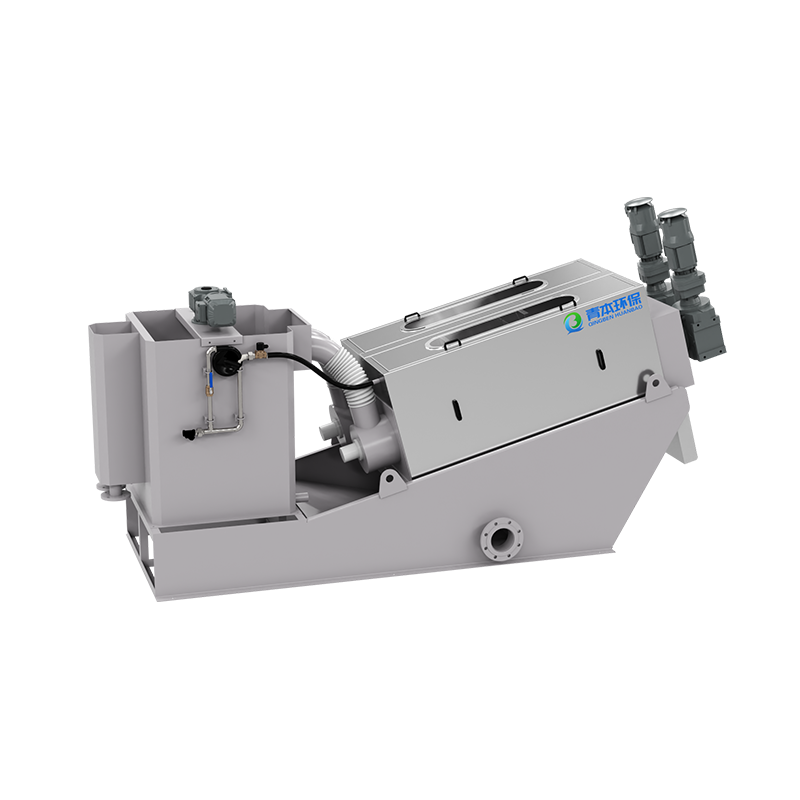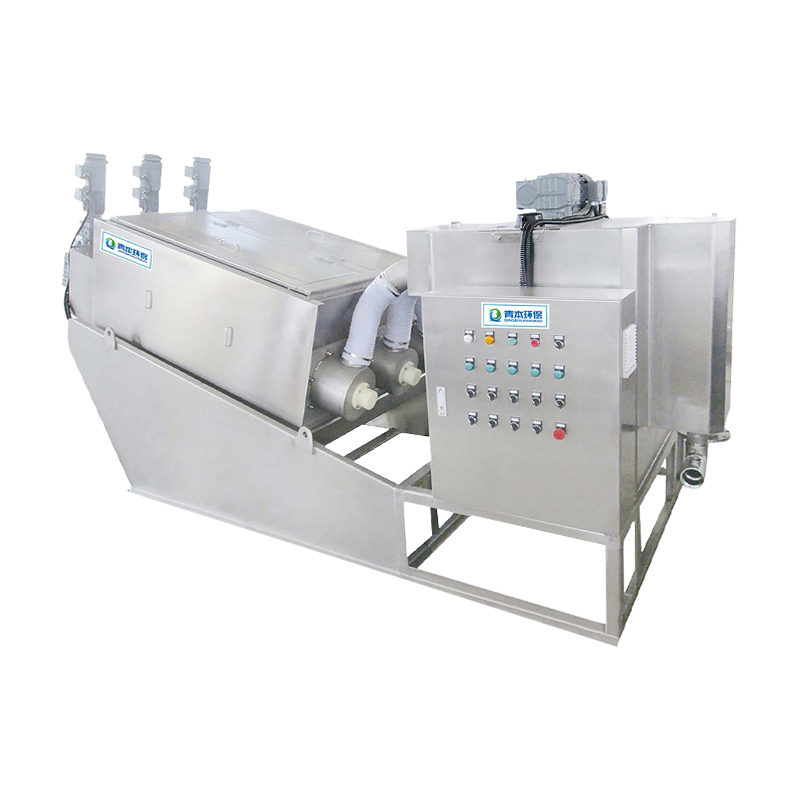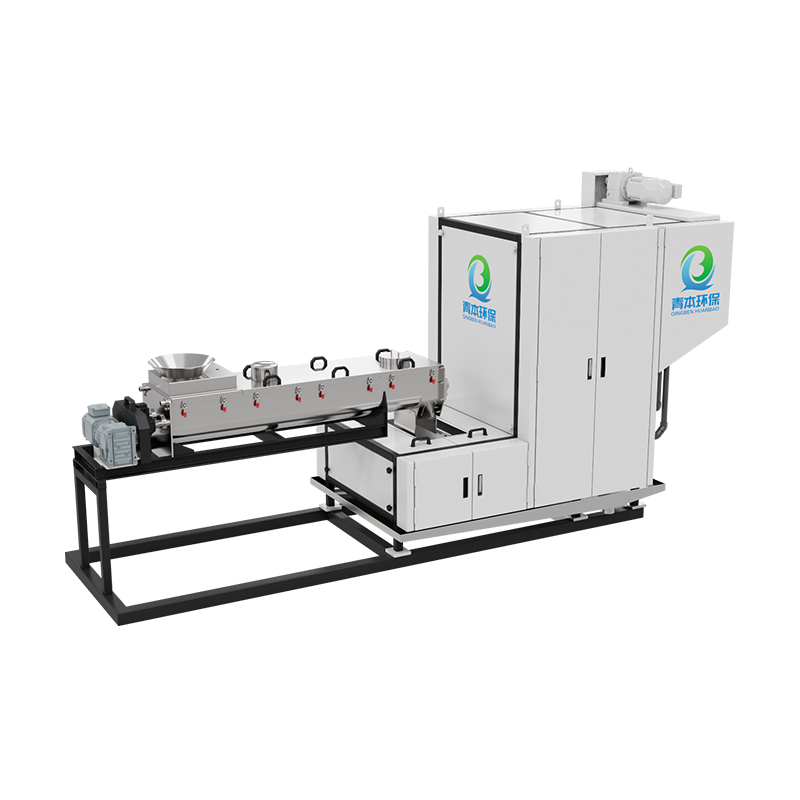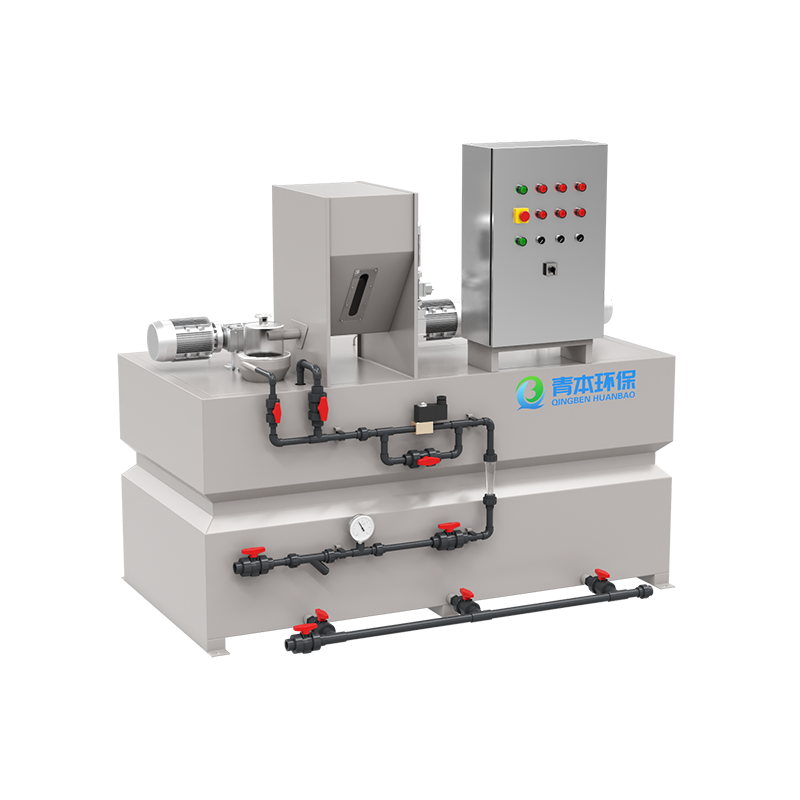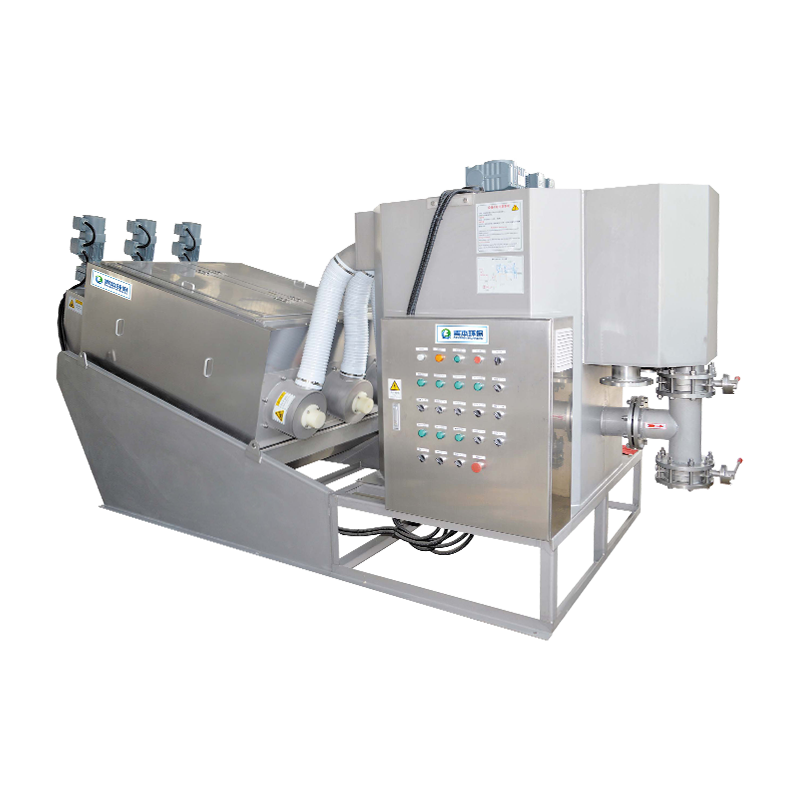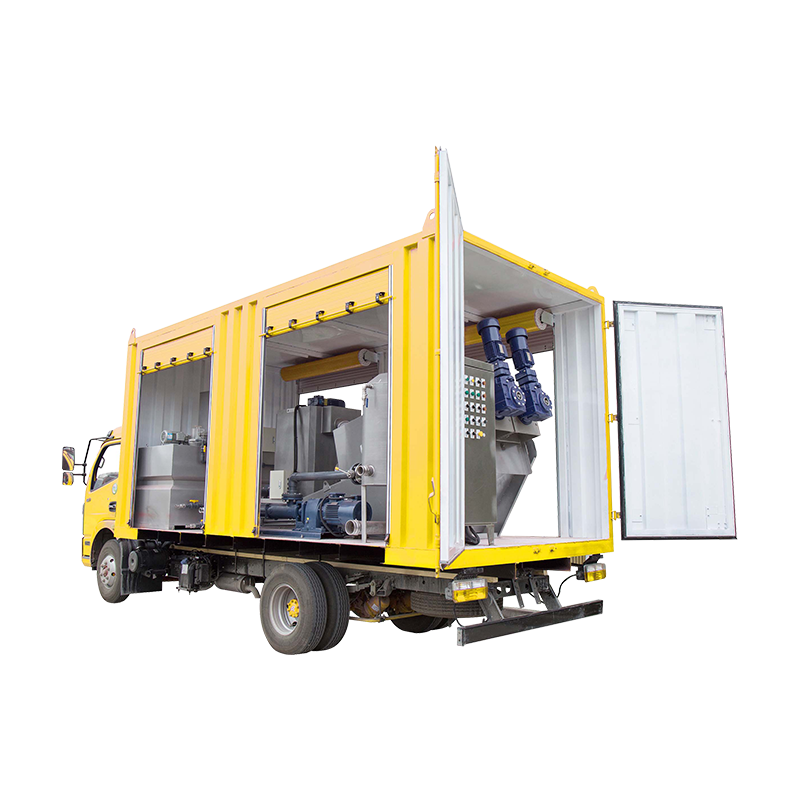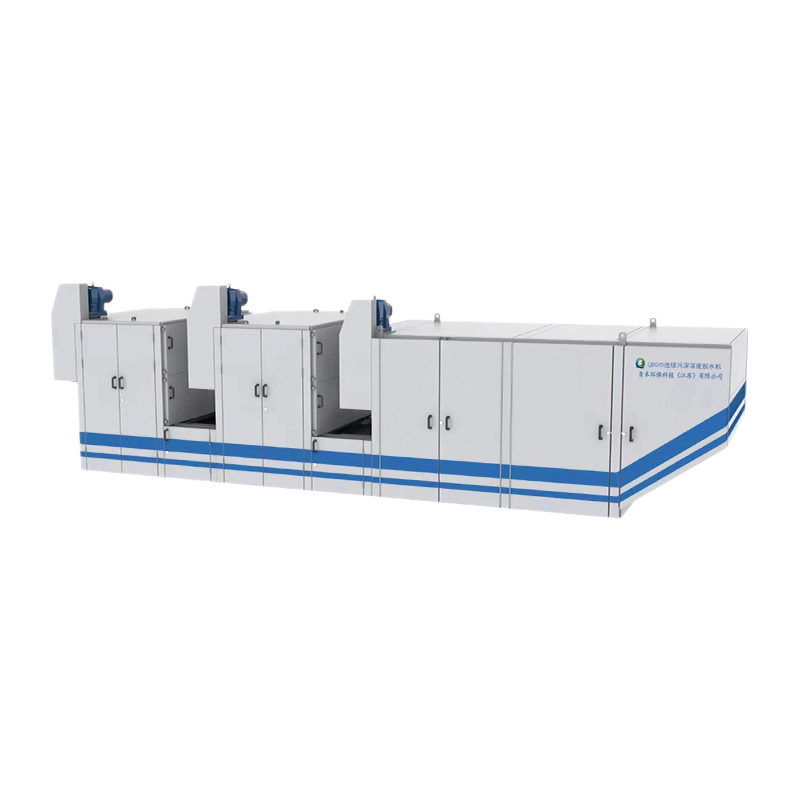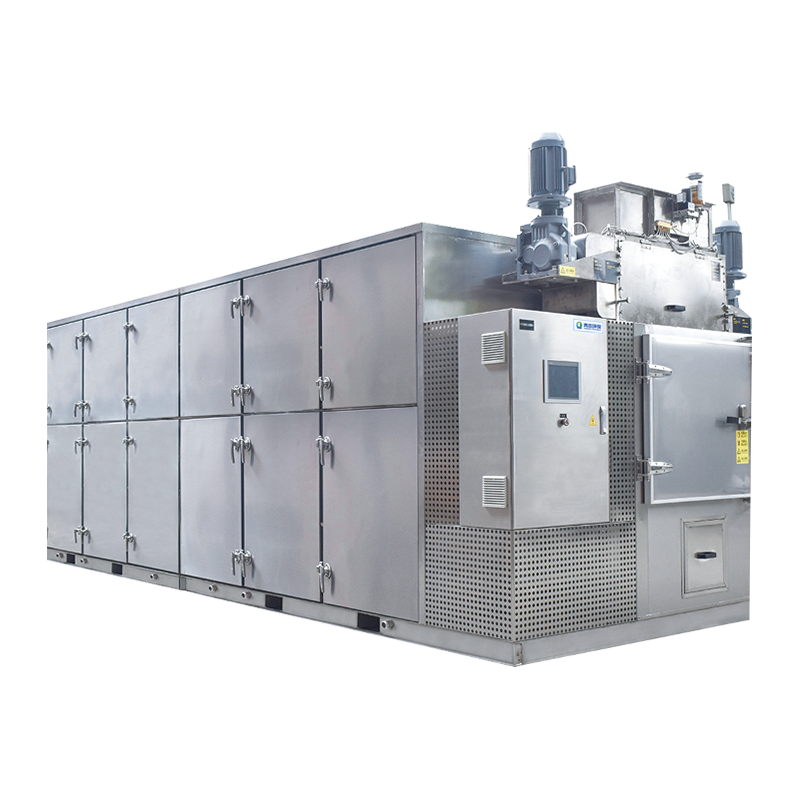Sludge drying is a key link in sludge treatment, which directly affects the subsequent disposal method and economic benefits. At present, the mainstream technologies are divided into two categories: low temperature drying (40-80℃) and high temperature drying (150-400℃).
Content
1. Comparison of technical principles
- Low temperature drying technology
Working principle: Indirect heating by heat pump, solar energy or steam, the temperature is usually controlled at 40-80℃, and sludge reduction is achieved by slowly evaporating water.
Representative equipment: Heat pump low temperature dryer, low temperature belt dryer, solar sludge drying shed.
Core advantages: Low energy consumption (heat pump COP value can reach 3-5), no dust explosion risk, high organic matter retention rate (suitable for resource utilization).
- High temperature drying technology
Working principle: Direct high temperature hot air (150-400℃) is used to quickly evaporate water through coal, gas or electric heating. Some technologies can be incinerated simultaneously.
Representative equipment: rotary kiln dryer, fluidized bed dryer, spray dryer.
Core advantages: fast drying speed (high processing efficiency), thorough sterilization (suitable for hazardous waste sludge), and coordinated incineration and volume reduction.
2. Comparison of energy efficiency and operating costs
|
Indicators |
Low temperature drying |
High temperature drying |
|
Energy consumption type |
Electricity (mainly heat pump) |
Coal/gas/electricity |
|
Unit energy consumption |
200-400 kWh/ton water |
800-1200 kWh/ton water |
|
Thermal efficiency |
60%-80% |
30%-50% (large amount of heat loss) |
|
Operation cost |
Relatively low (about 50-100 yuan/ton wet mud) |
Higher (about 150-300 yuan/ton wet mud) |
|
Maintenance cost |
Low (no high temperature corrosion) |
High (frequent replacement of refractory materials) |
3. Comparison of environmental protection and safety
(1) Waste gas emissions
Low-temperature drying: no pollutants such as dioxins and NOx; small amount of waste gas, easy to handle (condensate can be reused)
High-temperature drying: requires a tail gas treatment system (SCR, bag filter, etc.), high temperature may produce dioxins (higher risk of hazardous waste sludge)
(2) Safety
Low-temperature drying: no risk of dust explosion (temperature below 80°C); stable equipment operation, low failure rate
High-temperature drying: explosion-proof design is required (dust concentration is high and easy to explode); high-temperature components are easily damaged (such as cracking of refractory materials)

4. Suggested application scenarios
- Situations where low-temperature drying is preferred
Municipal sludge (moisture content 60%-80%)
High organic matter content (such as food factory, paper mill sludge)
Need for resource utilization (fertilizer, building materials raw materials)
Strict environmental protection requirements (unorganized emission restrictions)
- Situations where high-temperature drying is preferred
Hazardous waste sludge (containing heavy metals, pathogens)
Need to be incinerated simultaneously (such as chemical, pharmaceutical sludge)
Very large processing scale (single line > 200 tons/day)
5. Industry trend: low-temperature drying becomes mainstream
With the advancement of the "dual carbon" policy, low-temperature drying technology is replacing traditional high-temperature processes due to its low energy consumption and zero pollution advantages:
Policy support: Many places prohibit the use of coal-fired boilers to dry sludge, and heat pump technology enjoys subsidies.
Technology upgrade: The new heat pump low-temperature dryer can reduce the moisture content from 80% to 30% and reduce energy consumption by another 20%.






